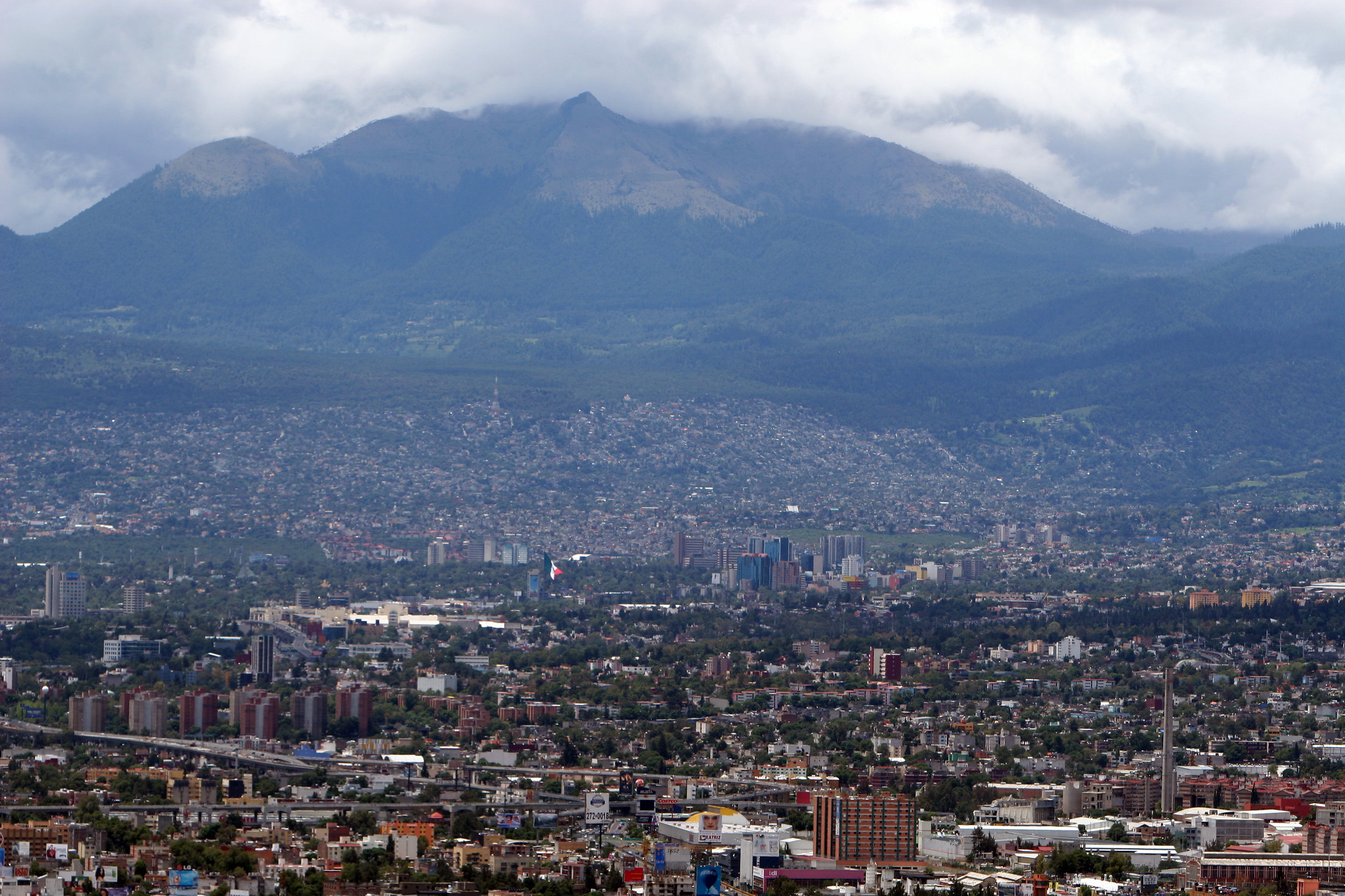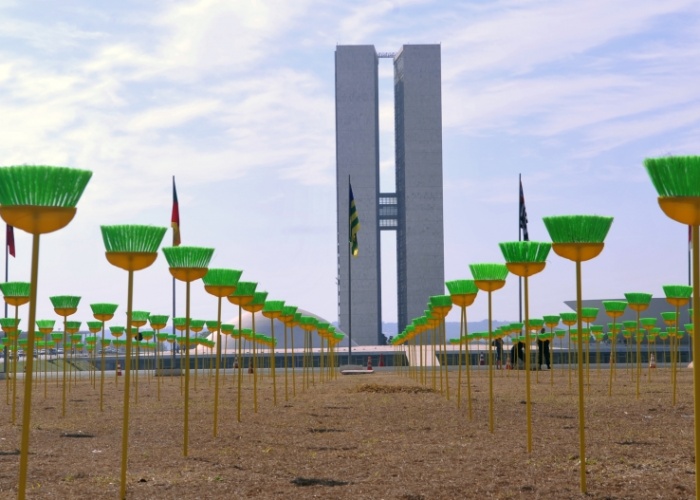
Blog, Latin America: Week in Review
Brazil: Judge Overturns Order to Suspend Belo Monte Dam Construction
December 19, 2011 By Staff
Today in Latin America
Top Story — A Brazilian federal judge in the Amazonian state of Pará revoked on Friday his earlier decision to suspend construction on the controverisal $11 billion Belo Monte dam on the Xingu river. Judge Carlos Castro Martins reversed his September order that temporarily halted construction due to concerns that the dam interfered with the flow of the river, potentially harming local fish stocks and the indigenous people living on the river. Martins said Friday that Norte Energia, the company building the dam, had demonstrated that construction would not have the impact on river flow that environmental and indigenous groups claimed. Last week, a study by the Federal University of Rio de Janeiro said the Belo Monte Dam would have less impact on the environment than other energy alternatives. However, the 11,000 megawatt dam is expected to flood 200 square miles along the Xingu River and displace approximately 16,000 people. If completed, the Belo Monte Dam will be the third largest in the world after the Three Gorges Dam in China and the Itaipú Dam, shared by Brazil and Paraguay.
Read more from the BBC.
Headlines from the Western Hemisphere
North America
- Former Mexican President Miguel de la Madrid was reported dead on Saturday before it was discovered that he was still alive, although hospitalized and in grave condition.
- Mexico’s PRI party announced Saturday that Enrique Peña Nieto will be its candidate for president in the 2012 elections.
- Thousands of protesters rallied outside the Alabama state capitol on Saturday, calling for a repeal of the state’s new immigration law.
- Alabama Governor Bentley is looking to simplify and clarify portions of the state’s controversial immigration law after local lawmakers complained about its impact on their constituents.
Caribbean
- Cuban property reforms will allow for new sales and ownership of the properties lining Havana’s iconic Malecón promenade, potentially transforming the city landmark.
- A 5.1 and 5.3 magnitude earthquake struck Puerto Rico on Saturday, but no injuries were reported.
- The U.S. Agency for International Development is facing criticism for giving a $3.4 million grant to the Miami-based Cuban American National Foundation.
Central America
- Nicaraguan President Daniel Ortega called on the U.S. to reduce drug consumption at the 38th Summit of the Heads of State and Governance of the Central American Integration System (SICA).
- Suspected Guatemalan drug lord Mario Ponce Rodríguez plead not guilty in a Miami court on Friday after he was extradited from Honduras to the U.S. to face charges for conspiring to distribute cocaine.
Andes
- The Colombian government denied that a new policy increasing the use of military tribunals would encourage human rights violations by government security forces, as Human Rights Watch has claimed.
- The Colombian government is challenging the number of victims in a 2005 Inter-American Court of Human Rights decision requiring restitution for “approximately 49” people massacred by paramilitaries in Mapiripan.
- Peruvian President Ollanta Humala’s approval rating dropped to 47 percent this month after he declared a state of emergency in the Cajamarca region and replaced 10 of his ministers.
- Peruvian authorities prevented paroled American Lori Berenson, who served 15 years for aiding Tupac Amaru guerillas, from leaving Peru to visit her family in the U.S. for the holidays.
- Ilich Ramírez Sánchez, better known as “Carlos the Jackal”, demanded to be extradited to Venezuela after a French court handed down a life sentence for four 1970s bombing attacks that killed 11 and injured hundreds.
Southern Cone
- Tensions between Uruguay, Argentina, Britain and Spain escalated Saturday when Uruguay sent out an air patrol to make sure Argentina didn’t intercept a Falkland Islands-bound fishing vessel from Spain. Uruguayan President José Mujica said earlier this weekd that Falklands-flagged vessels could not dock in Montevideo.
- Oil from a 2,600-gallon leak off a Japanese-operated rig last week reached Bonfim beach near Rio de Janeiro on Sunday. The company was fined $5.4 million on Saturday.
- One of two conjoined twin girls separated by Chilean doctors last Tuesday died on Sunday of organ failure.
Image: International Rivers @ Flickr.
Subscribe to Today in Latin America by Email






1 Comment
Excellent article about Belo Monte controvercies and related displacement.
The World Bank estimates that forcible “development-induced displacement and resettlement” now affects 10 million people per year. According to the World Bank an estimated 33 million people have been displaced by development projects such as dams, urban development and irrigation canals in India alone.
India is well ahead in this respect. A country with as many as over 3600 large dams within its belt can never be the exceptional case regarding displacement. The number of development induced displacement is higher than the conflict induced displacement in India. According to Bogumil Terminski an estimated more than 10 million people have been displaced by development each year.
Athough the exact number of development-induced displaced people (DIDPs) is difficult to know, estimates are that in the last decade 90–100 million people have been displaced by urban, irrigation and power projects alone, with the number of people displaced by urban development becoming greater than those displaced by large infrastructure projects (such as dams). DIDPs outnumber refugees, with the added problem that their plight is often more concealed.
This is what experts have termed “development-induced displacement.” According to Michael Cernea, a World Bank analyst, the causes of development-induced displacement include water supply (dams, reservoirs, irrigation); urban infrastructure; transportation (roads, highways, canals); energy (mining, power plants, oil exploration and extraction, pipelines); agricultural expansion; parks and forest reserves; and population redistribution schemes.
Comments are closed.